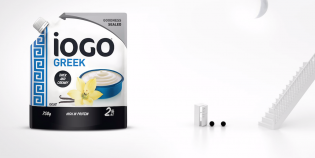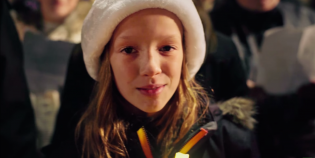As the 2010 Olympic Winter Games came to a close in Vancouver, the words “success,” “triumph” and “victory” were plastered across much of the world’s online and traditional media. Sure, a lot of it had to do with a certain hockey game, but many of the plaudits were for the Games themselves. Yes, the very same Games that just a week earlier had been considered a candidate for “worst Games ever” by some, was now basking in the glow of a global high-five.
How did this happen? How did a one-time, snowballing communicationscalamity come out smelling of PR roses?
Starting things off with the death of an athlete and an opening ceremonies malfunction would’ve been difficult enough. But these events were quickly followed by warm weather event rescheduling and ticket cancellations, uproar over a chain link fence guarding the Olympic flame, malfunctioning icecleaning equipment, and a lower than expected medal count for Canada. On Feb. 15, Lawrence Donegan, in London’s Guardian newspaper, put forward Vancouver’s candidacy for “worst Games ever” and wrote “Vanoc has failed to quell the growing sense that the 2010 Winter Olympics will be remembered as something substantially less than a triumph.”
“The danger zone for any organization trying to manage media coverage of an event comes from media boredom,” says Bob Reid, chief media strategist at Veritas Communications. “If they are bored with the business at hand, they’ll focus on sidebar issues. The problem is if these little things start to add up and get to a point of reaching critical mass in media, and we saw that in the first week of the Games.”
Reid applauds the efforts of VANOC in managing the negative coverage, but shakes his head at the outdoor Olympic cauldron being surrounded by a fence. “That was one someone should’ve seen coming,” he says. “They reacted pretty quickly and did come up with some viable alternatives, but the damage had been done already.” High Road Communications senior VP Hugh Scholey says one of the primary PR concerns for any major event is crisis communications and the ability to foresee possible problems.
He agrees with Reid’s assessment of the cauldron fence, but says even there VANOC did well to act in a transparent manner. “When you put a chain link fence around the flame, and then try to fix it by cutting a two-foot hole in it for better viewing and it’s still not good enough, you say ‘We’re trying and will continue to try to fix it.’ I think that’s where they did things well,” says Scholey. “They always stood up and took responsibility.”
Vancouver was also dubbed Olympics 2.0, the first Games blanketed in online coverage and played out in the social media sphere. From a PR perspective, it provided a way to both monitor and engage responses to certain events. “It used to be that, if someone had said negative things in a newspaper, it would’ve been battled out on the front page and editorials of the papers,” says Scholey. “Now it plays out in the comments sections, on Facebook, YouTube and Twitter. You can really get a sense of how people are reacting. You need to know what pops up when people punch in search terms about you and there are ways to influence that.”
By the time inflatable beavers invaded the closing ceremony stage and IOC honcho Jacques Rogge called it an “excellent and friendly Games,” thanks to improved weather and feel-good athlete stories, there was no sign of that first-week negativity.
Whether due to effective communications or simply sunnier circumstances, some are already suggesting Vancouver’s success will become the new measuring stick for upcoming Games. On March 1, the Guardian’s Donegan concluded that Vancouver “got it absolutely right. And if London can, they would do very well to emulate that.” And in Sports Illustrated, S.L. Price said of Canada, “The country made itself known. Here’s betting that, come 2014, it will be missed.”










